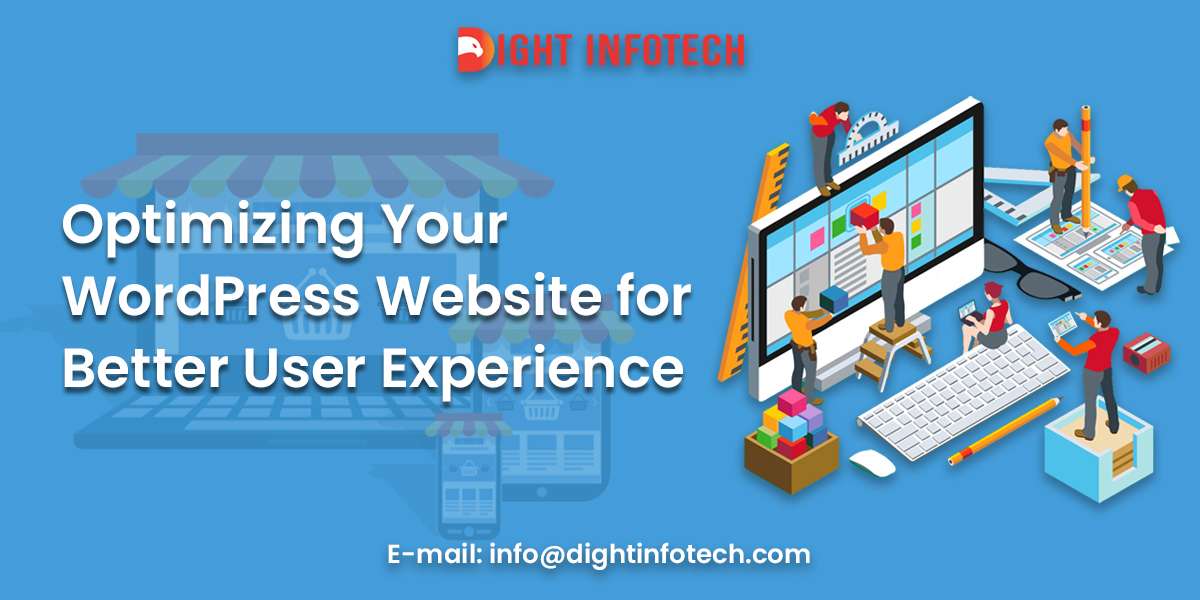Optimizing your WordPress website for better user experience is an essential aspect of website design. A good user experience not only keeps visitors engaged and on your website for longer but also improves your website’s search engine ranking. In this blog, we’ll discuss some tips for optimizing your WordPress website for a better user experience.
Choose a Fast and Reliable Hosting Provider
Your hosting provider plays a crucial role in your website’s speed and reliability. A slow or unreliable hosting provider can significantly impact your website’s user experience, leading to high bounce rates and low engagement. Choose a fast and reliable hosting provider that offers robust infrastructure, uptime guarantees, and fast loading times.
Use a Lightweight and Responsive Theme
Your website’s theme can significantly impact its speed and responsiveness. Choose a lightweight and responsive theme that is optimized for performance and user experience. Look for themes that have a clean and minimalist design, use lightweight code, and are optimized for mobile devices.
Optimize Your Images for the Web
Large and unoptimized images can slow down your website and negatively impact the user experience. Image optimization for the web by compressing them, reducing their size, and optimizing their file format. You can use plugins like WP Smush to optimize your images automatically.
Use a Caching Plugin
Caching plugins can significantly improve your website’s speed and performance by storing static versions of your website’s pages and serving them to users. This reduces the load on your server and speeds up page load times. Popular Caching plugins for WordPress include WP Super Cache and W3 Total Cache.
Enable Browser Caching
Browser caching allows your website’s pages to be stored in a user’s browser cache, reducing the time it takes to load your website’s pages on subsequent visits. This can significantly improve your website’s speed and user experience. You can enable browser caching by adding caching directives to your website’s headers.
Use a Content Delivery Network (CDN)
A Content delivery networks for WordPress is a network of servers that are distributed across different geographic locations. By using a CDN, you can serve your website’s content from the server that is closest to the user, reducing the time it takes to load your website’s pages. Popular CDN services for WordPress include Cloudflare and MaxCDN.
Optimize Your Website’s Navigation
Your website’s navigation plays a crucial role in its user experience. A clear and intuitive navigation menu can help users find what they’re looking for quickly and easily, leading to higher engagement and lower bounce rates. Optimize your website’s navigation by using clear and descriptive labels, organizing your pages logically, and using drop-down menus where appropriate.
Use Clear and Readable Typography
Your website’s typography can significantly impact its readability and user experience. Use clear and readable fonts that are easy on the eyes, and avoid using too many different font styles. Use font sizes and spacing that are optimized for readability on different devices and screen sizes.
Optimize Your Website for Mobile Devices
With more people accessing the internet from their mobile devices, it’s essential to optimize your website for mobile devices. Use a responsive theme that is optimized for mobile devices, ensure that your website’s pages load quickly on mobile devices, and use clear and readable typography and navigation.
In conclusion, optimizing your WordPress website for better user experience requires careful attention to its speed, reliability, navigation, design, and readability. By following these tips, you’ll be able to improve your website’s user experience, keep visitors engaged, and improve your website’s search engine ranking.





